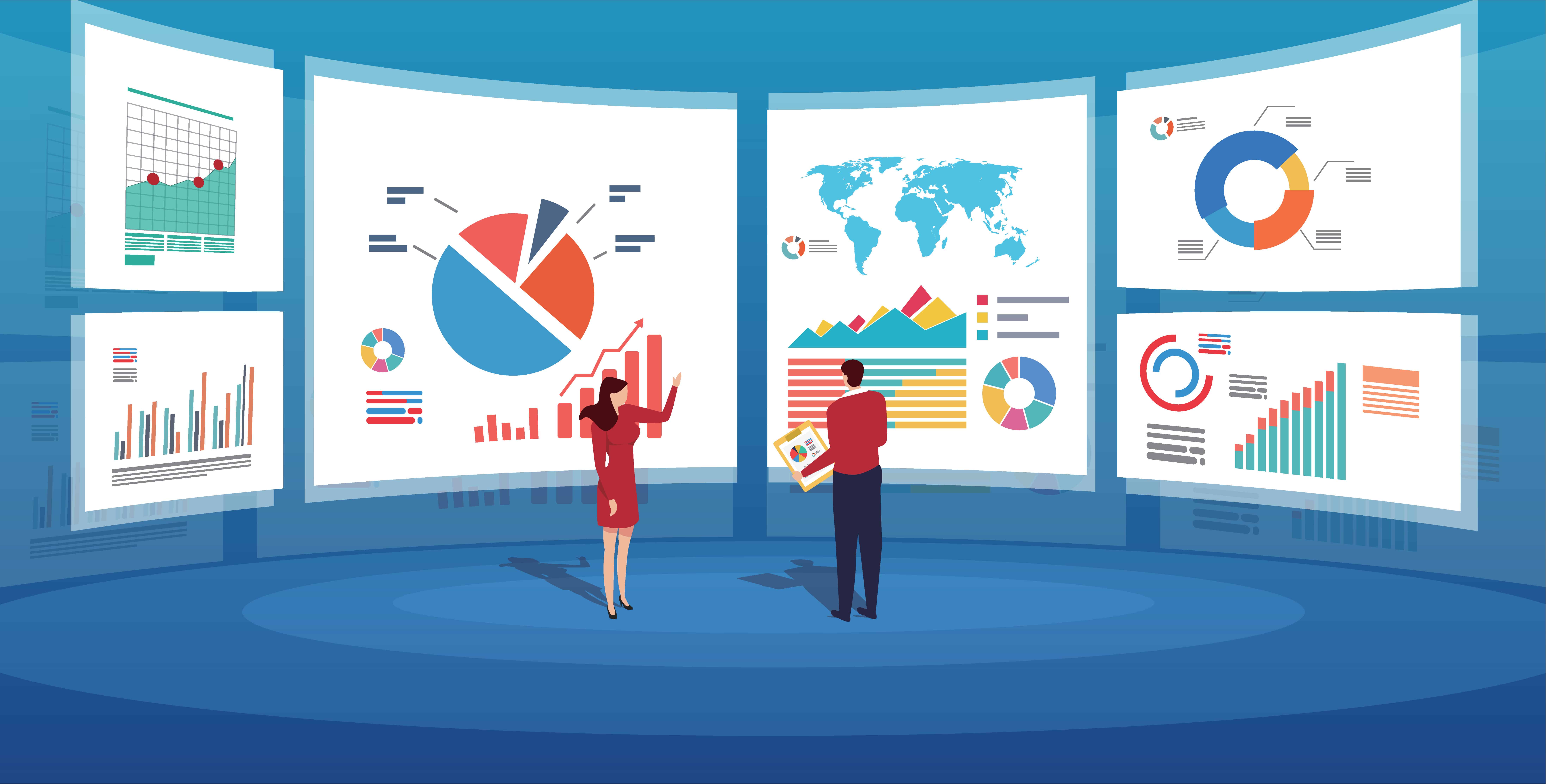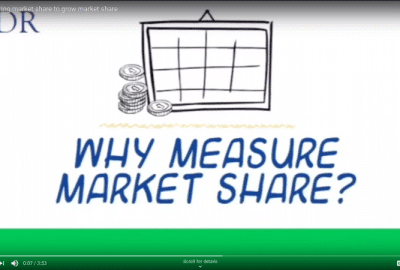ANALYZE AND ACT
ANALYZE THE DATA, THEN ACT
The opinions and predictions about the future of labor unions are mixed in this recent Economist article. The final thoughts are what interest CDR and likely others who are working to help organized labor to innovate for continued success. Referring to both traditional and non-traditional labor groups, the take-away is “use the data!”
Often, the idea of using data in unions is focused upon knowing who your members are. Of course, this is quite integral to the process of increasing union membership and keeping current members engaged. Knowing members’ basic demographics is a great starting point. Beyond that the types of data that can be collected and, most importantly, ANALYZED and ACTED UPON, is almost endless and can be used to deepen union reach, opportunities and power.
In the construction trades we recommend unions track things like:
- Size, sector and contractors hired for area projects.
- # of times a general contractor hires non-union vs. union.
- Volume of jobs in your geographical area.
- Volume of jobs in various sectors of your market.
- Your overall market share.
- Your market share in size and industry sectors.
- Which competitors are new to your area.
- Which contractors have recently stopped or decreased hiring union.
- Which competitors are growing their volume.
There’s more, but we’ll stop there.
We expect that when organizing outside of construction, that there is a great number of parallels with this list as well as a lot of new ideas. Some may include:
- Number of current members in various market sectors or companies.
- Changes in membership over time.
- Number of members in specific geographic areas.
- Which companies frequently hire union or provide supportive environments for union members.
- Pay rates and benefits of members based on area, sector, etc.
And a whole lot more, undoubtedly, (and we invite readers to share more ideas)!
But just KNOWING a lot of data doesn’t help anyone – whether we are talking unions in challenging economic times, scientists working in a lab or even your know-it-all cousin at Thanksgiving dinner. What DOES help is creating a plan of action of how to act in response to the data. For unions, having designated staff who have the time to review the data, analyze it, make a plan then act accordingly makes all the difference.
OUR take-away: Regardless of what type of union or union-type organization, you are working for there is so much data that can be tracked and if ANALYZED AND ACTED UPON can make all the difference.





